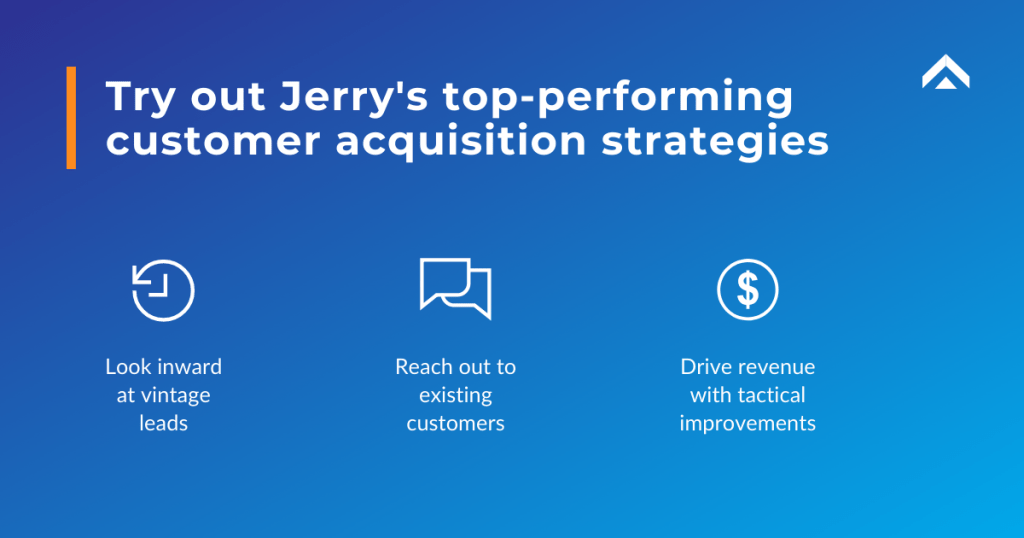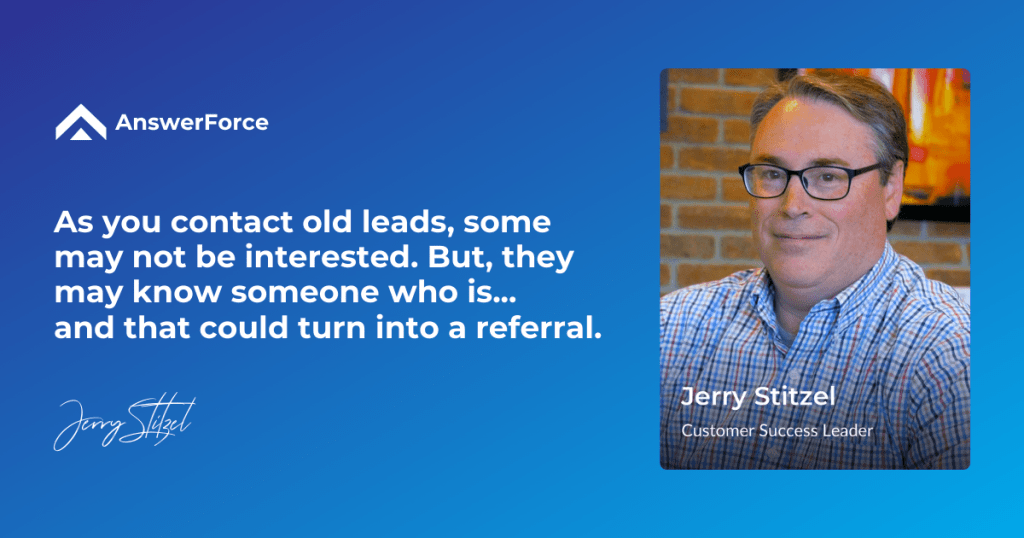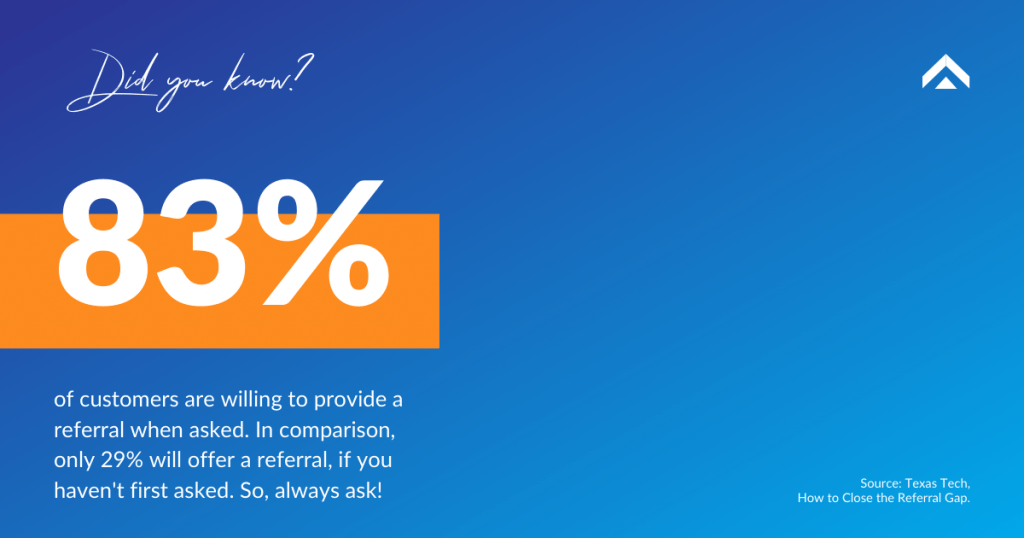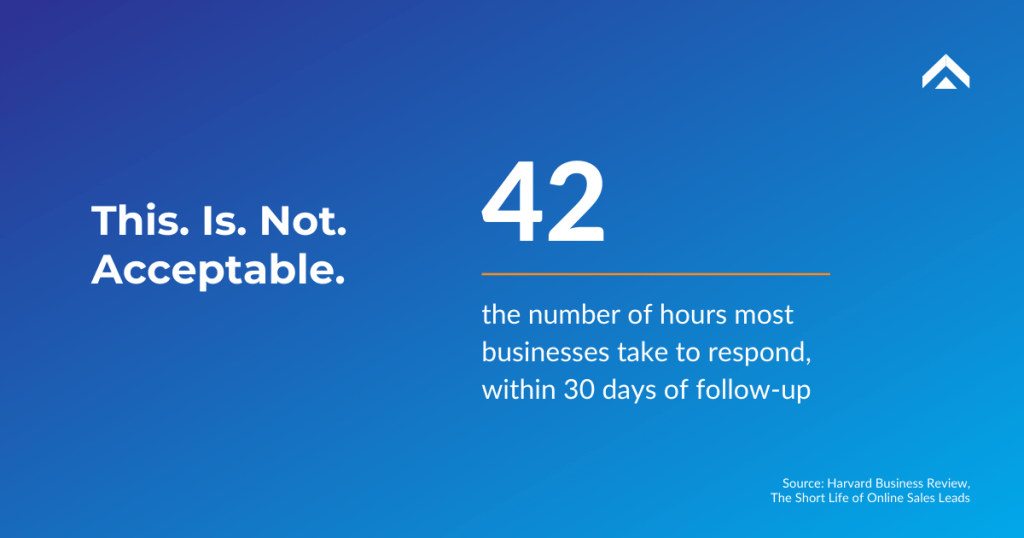Many businesses are experiencing flat or negative growth during lockdown, with potential new buyers becoming extremely difficult to reach and convert.
During this time, customer acquisition costs continue to climb. Money spent on pay per click (PPC) campaigns yields mixed results, while passive marketing strategies fail to actively engage visitors during the decision-making process.
From a budget perspective, limited results from these strategies often create the impression that time and money have been wasted. No business can survive by merely hoping the visitor will convert.
Well, here’s some good news: PPC is not the only way you can grow your customer base, although it may currently be your primary method. Now is the ideal time to begin reviewing your customer acquisition game plan. Read on to discover my top three strategies for renewing your lead gen activity during quiet periods, or even in the likelihood of a recession.
Today, you’ll begin to develop a blueprint for lead-gen activity that goes beyond PPC. These strategies are currently performing well for me and my colleagues, and they’ve produced solid results for us throughout the years.
These methods can also enable you to better manage customer acquisition costs.
My top three customer acquisition strategies include:
- Looking inward at your vintage leads
- Reaching out to existing customers
- Making tactical improvements to customer communication
Discover below how you can regain control of your own business destiny. I’ll guide you through the fundamentals of each strategy, explaining the rationale and offering a few examples along the way.

1. Look inward at your vintage leads
First, what are vintage leads? Vintage leads are the leads that exist from prior engagements with potential customers.
They could be from conventions, trade shows, or web leads. They may be potential customers who called to get a quote or estimate on a product or service.
Vintage leads represent customers who were interested in what your business provided, but for some reason didn’t follow through.
While it may seem that vintage leads are missed opportunities, they do offer a couple of advantages. For example, these leads have already been paid for, so any new business you get from them has no new cost associated. They’re like a bonus. Plus, these leads are already familiar with your business: they should be lukewarm, if not entirely warm, and quicker and easier to convert.
Here’s some evidence: we recently got on the phone with every lukewarm but unclosed lead in the last few years. Then, we got to dialling, and from there, chatting, before some of those leads eventually became customers. Their situations had changed since we first contacted them, and the opportunity made sense now. The best part is, those leads cost us nothing out of this year’s budget.
Always remember, there could be gold in those old leads, as long as you’ve got a consistent process for exploring them.

2. Reach out to existing customers
Building rapport and loyalty with your customers is more than just something nice to do; it also matters to your bottom line.
Consider this: In financial services, if you can increase your customer retention by 5 percent, then your profit will likely rise by more than 25 percent, according to a report by Bain & Company.
The reason? “Return customers tend to buy more over time,” the report suggests.
Furthermore, research shows that it can cost five times more to attract new customers than to keep one.
Following up with your customers to ask for feedback and insights on their experiences with your business can foster loyalty. This demonstrates that you care about their opinions.
Asking for reviews is also important. Approximately 76% of consumers will leave a review when asked, research reveals. Social proof helps you gain new customers.
Asking customers for referrals can provide new opportunities at a much lower cost than most other channels. The statistics are clear: 83% of customers are willing to give your company a referral when asked. Comparatively, only 29% will do it on their own.

3. Make tactical improvements to customer communication
Customers seek and expect real-time brand engagement during the digital age. As such, a quick response to customer enquiries has become absolutely essential
Your own potential customers are savvier than ever, having extensive access to purchase-influencing information, so when they try to contact you, they are likely to be in ‘buy’ mode. They will have researched options online and read reviews. They may have even asked for recommendations from friends. In many cases, they’re ready to act. You must match their levels of urgency and preparedness, or risk losing opportunities.
Yet, most small- to medium-sized businesses struggle with their lead response times. They can take more than 24 hours to respond.
By that time, most customers will have moved on. Taking more than five minutes to respond to a new lead results in an 80% decrease in lead qualification.
This may be tough to achieve, but every passing minute is likely to be costing you a potential business opportunity.
Relying on voicemail and auto-attendants makes it even harder, since almost 80% of callers will just hang up and move on.

Whenever a customer wants to reach you, Your business must be equipped to respond rapidly. Many businesses try to do this by having employees carry a mobile phone and be ‘on call,’ but that rarely succeeds. Employees have lives beyond work. They’ll get into situations where it’s not convenient to answer the phone. They also need to rest, sleep, and have downtime, if they’re going to be in a good state for phone answering and business in general. Most of us can all relate to the stress of managing a business while supporting children and vulnerable relatives.
Suffice it to say, most people would probably not want to take out-of-hours calls, given the choice.
Thankfully, you’ve got plenty of options that can help you improve your customer response rates, inbound and outbound. Whether you’re considering affordable 24/7 call answering services or after hours call answering, AnswerForce can help.


